You're fired! The highest-profile White House departures during Donald Trump's tumultuous first year in office
Donald Trump has hired and fired a string of senior staff during a tumultuous first year in the White House.
Ex-campaign manager and chief strategist Steve Bannon, as well as former Wall Street financier Anthony Scaramucci were among the biggest names to leave the Trump administration.
In the first six months of his presidency alone, he has lost a chief of staff, deputy chief of staff, national security adviser, two communications directors and a press secretary.
Here are the key departures from the President’s first year in office.
Steve Bannon

The most high-profile departure from Donald Trump's White House administration has been Steve Bannon.
Once considered the brains behind Mr Trump's stunning election win, he was labelled the "best talent in politics" by the President himself.
Having joined from Breitbart, the right-wing US news site, Mr Bannon became chair of Mr Trump's election campaign before being named chief strategist after the President took office.
But in August, seven months in to Mr Trump's presidency, Mr Bannon was fired after feuding with other members of the administration.
Mr Bannon - who was seen as a driving force behind some of the President's more nationalist proclamations - said he remained loyal to Mr Trump.
But after he provided quotes for a tell-all book about the White House, Mr Trump labelled his one-time political right-hand man as "Sloppy Steve".
Mr Bannon, 64, returned to Breitbart, but has since stepped down from his post as executive chairman of the website.
Anthony Scaramucci
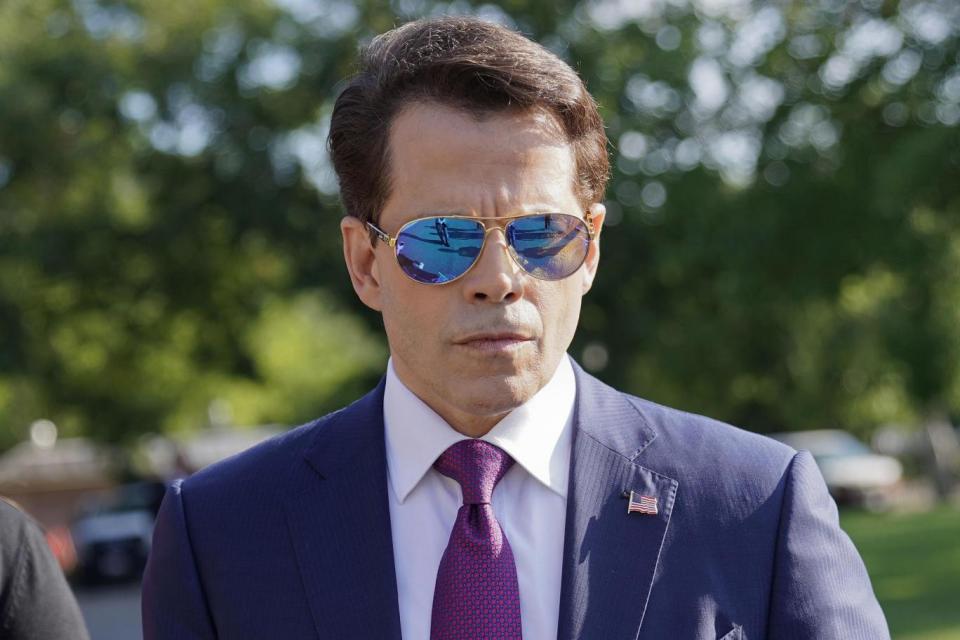
The former Wall Street financier, 53, managed just 10 days after his appointment as communications director.
He was fired hours after former US marine John Kelly was hired as Mr Trump’s new chief of staff following the departure of Reince Preibus.
Mr Scaramucci was named the White House’s Communications Director on July 21, taking over from Sean Spicer, who resigned from his role as White House Press Secretary because of the new appointment.
He made a series of turbulent media appearances including an interview with the New Yorker magazine in which he went on an expletive-laden rant including verbal attacks on two top officials.
The White House said he was leaving because he “felt it was best to give Chief of Staff Mr Kelly a clean slate”.
Reince Priebus
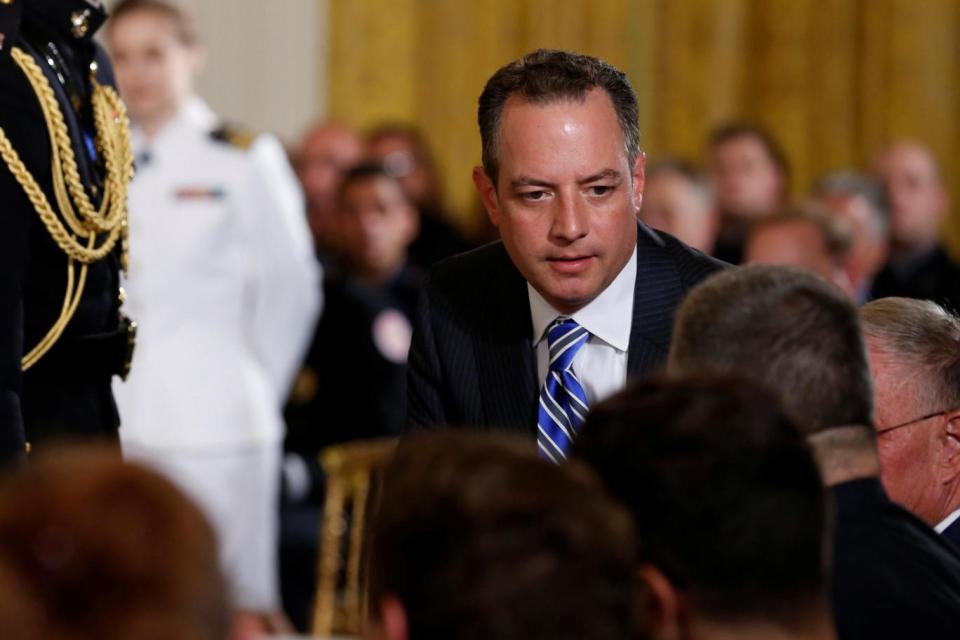
The former chairman of the Republican National Committee quit as chief of staff last Friday amid an internal power struggle with Mr Scaramucci.
Shortly before his departure, the 45-year-old was the subject of a foul-mouthed rant from Mr Scaramucci, who accused him of leaking to the media and called him a “f****** paranoid schizophrenic.”
Mr Priebus, from Kenosha, Wisconsin, was regarded as one of the least powerful chiefs of staff in recent history. In an unusual move Mr Trump decided that Mr Priebus and chief strategist Steve Bannon would serve as “equal partners” in implementing his agenda.
Following Mr Priebus’s resignation, Mr Trump wrote on Twitter: “I would like to thank Reince Priebus for his service and dedication to his country. We accomplished a lot together and I am proud of him!” He was replaced by former US marine Mr Kelly.
Sean Spicer
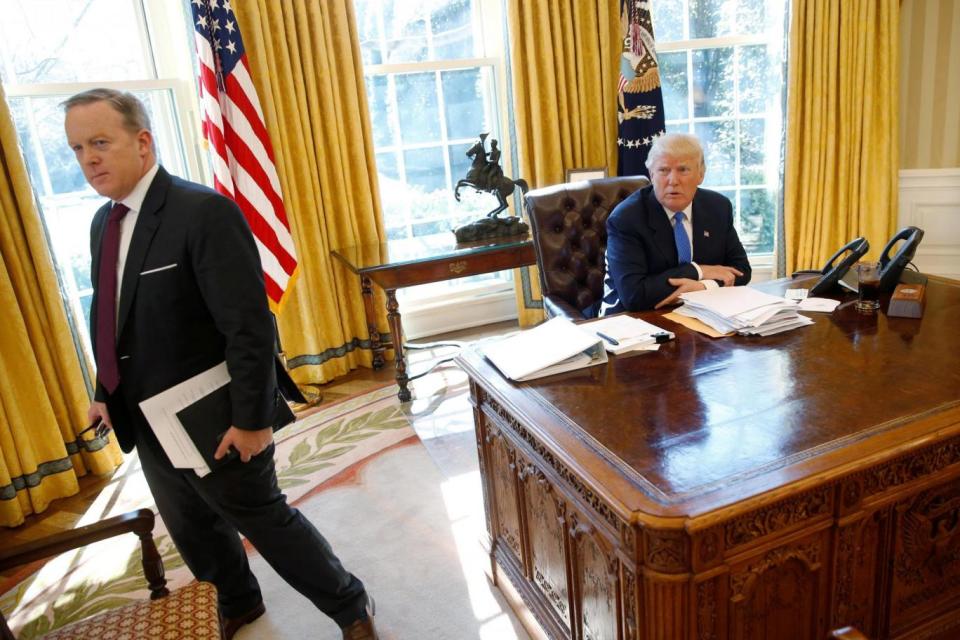
Mr Spicer, 45, resigned as White House press secretary on July 21, after Mr Trump named Mr Scaramucci as his communications chief.
He vacated his position just six months and one day after he first stood at the podium and made controversial remarks about the size of the crowd at President Trump’s inauguration.
He held many on-camera White House briefings after taking up the post but eventually took a major step back from public view.
Mr Spicer has had many controversial moments during his time in the post including when he said Hitler never used chemical weapons and referred to Holocaust "centres".
He also defended the US President's infamous "covfefe" tweet by saying it had a hidden meaning.
Mr Spicer was reportedly criticised by Mr Trump for his appearance, particularly his suits, and was the butt of a text message joke by adviser Steve Bannon about his weight. He was replaced by his deputy Sarah Huckabee Sanders.
Omarosa Manigault-Newman

A former Apprentice star, Ms Manigault-Newman announced she would be leaving her post as an assistant to Mr Trump in December.
She is said to have refused to defend the administration - a position which intensified after racially-charged protests during a march of white supremacists in Charlottesville.
Ms Manigault-Newman was one of the most prominent African American woman in the White House.
Michael Short
He resigned as senior White House assistant press secretary on July 25 shortly after Sean Spicer’s departure and after Mr Scaramucci told Politico he planned to get rid of him.
It was seen as a warning from Mr Scaramucci to those in his team, who he suspected of leaking to the media about him. Mr Short, who was part of the administration for 187 days, said he was not involved in any leaks.
Michael Dubke
Mr Dubke, 47, the founder of the Crossroads Media consultancy, resigned as White House communications director in May.
In an email to friends, he said the reasons for his departure were “personal”. After he quit, Mr Spicer took on his role, while also serving as press decretary.
His resignation came amid criticism levelled at the White House over its communications strategy, including conflicting statements from the President and his press team.
Walter Shaub
Mr Shaub, 46, who was the director of the Office for Government Ethics, resigned from his post six months early on July 6.
He was outspoken about Trump’s apparent disregard of potential conflicts of interest between his Government role and his business empire.
Mr Shaub, who left six months before his five year term was due to end, said he had not left following pressure from the White House. He had served during the administrations of Barack Obama and George W Bush.
Preet Bharara
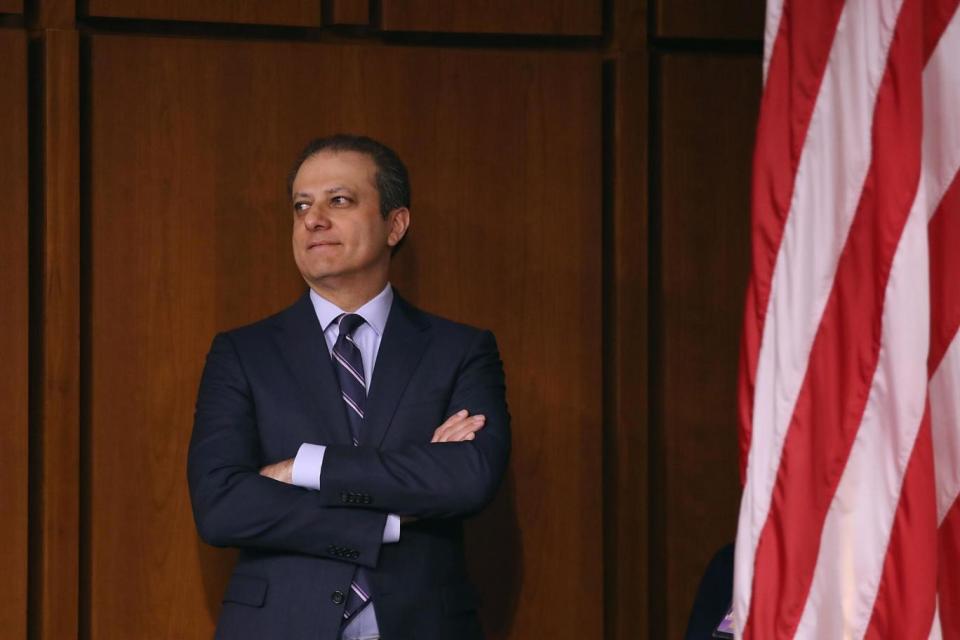
Outspoken federal prosecutor Mr Bharara, 48, claimed he was fired after refusing an order from Mr Trump’s administration to stand down.
Mr Bharara, a 48-year-old US attorney for the southern district of New York, was one of 46 Obama-appointed prosecutors who were ordered to resign in March.
Michael Flynn

Mr Flynn, 58, who was Mr Trump’s national security adviser, quit in mid-February over his alleged ties to Russia.
The military veteran’s shock departure came as a massive setback to the Trump administration less than a month after he took office.
His departure was inevitable after the President conspicuously refused to publicly support him when he came under fire for his alleged inappropriate contacts with a Russian diplomat.
Sally Yates
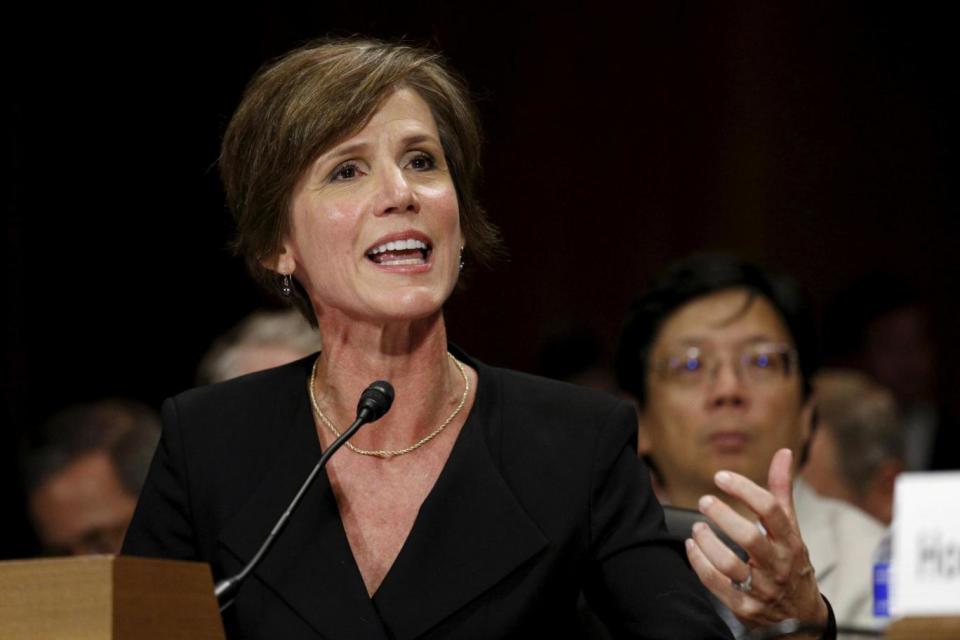
The acting US attorney general, 56, was fired by Mr Trump in January after she ordered Justice Department lawyers not to enforce the President’s controversial immigration ban.
He accused Ms Yates of “betraying” the Department of Justice when she refused to defend the first version of Mr Trump’s travel ban on several Muslim-majority countries.
James Comey

Mr Comey, 56, was sacked as FBI director in mid-May – arguably another one of Mr Trump’s most controversial dismissals.
He had been leading an investigation into the Trump 2016 presidential campaign’s possible collusion with Russia to influence the election outcome.
Mr Trump told NBC in a primetime interview the firing was tied to “this Russia thing”.
Sebastian Gorka
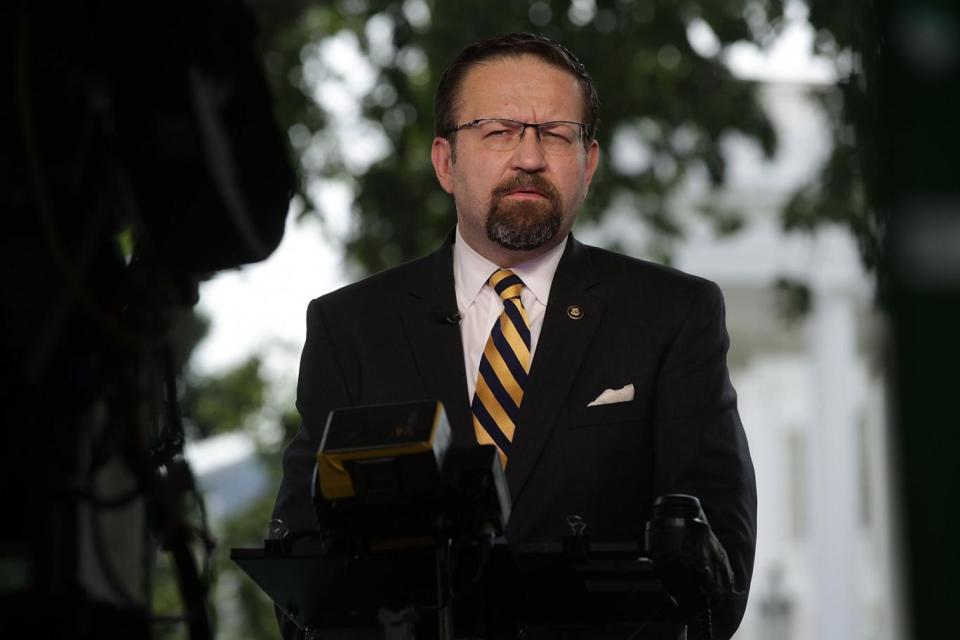
Mr Gorka, who was born in west London, left his post as deputy assistant to the President in August.
He claimed to have resigned, though the White House said that was not the case.
Mr Gorka had attracted controversy and clashed with Mr Trump's chief of staff John F. Kelly as well as criticising Rex Tillerson, the US Secretary of State.
In comments which came shortly before racially charged violence in Charlottesville, where a woman died after being hit by a car driven by a man who allegedly had Nazi sympathies, Mr Gorka insisted that white supremacists should not be a concern in the fight against terror.
Tom Price
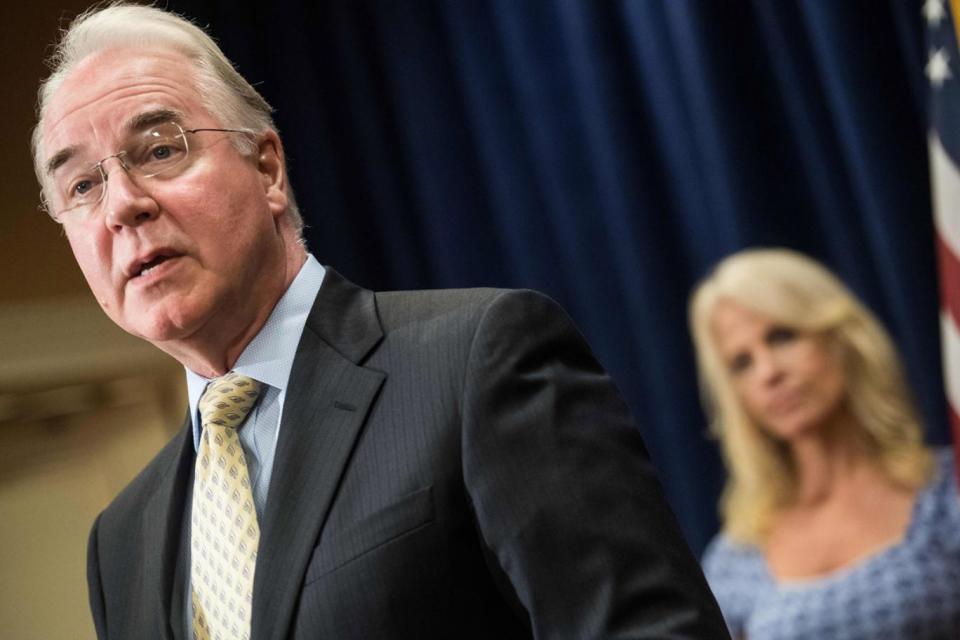
Mr Price resigned as Health and Human Services Secretary in September amid criticism over his use of private aeroplanes.
It came after it was revealed he had racked up about $1 million (£720,000) in costs for flights on private and military aircraft since he took up his role in February.

 Yahoo News
Yahoo News 